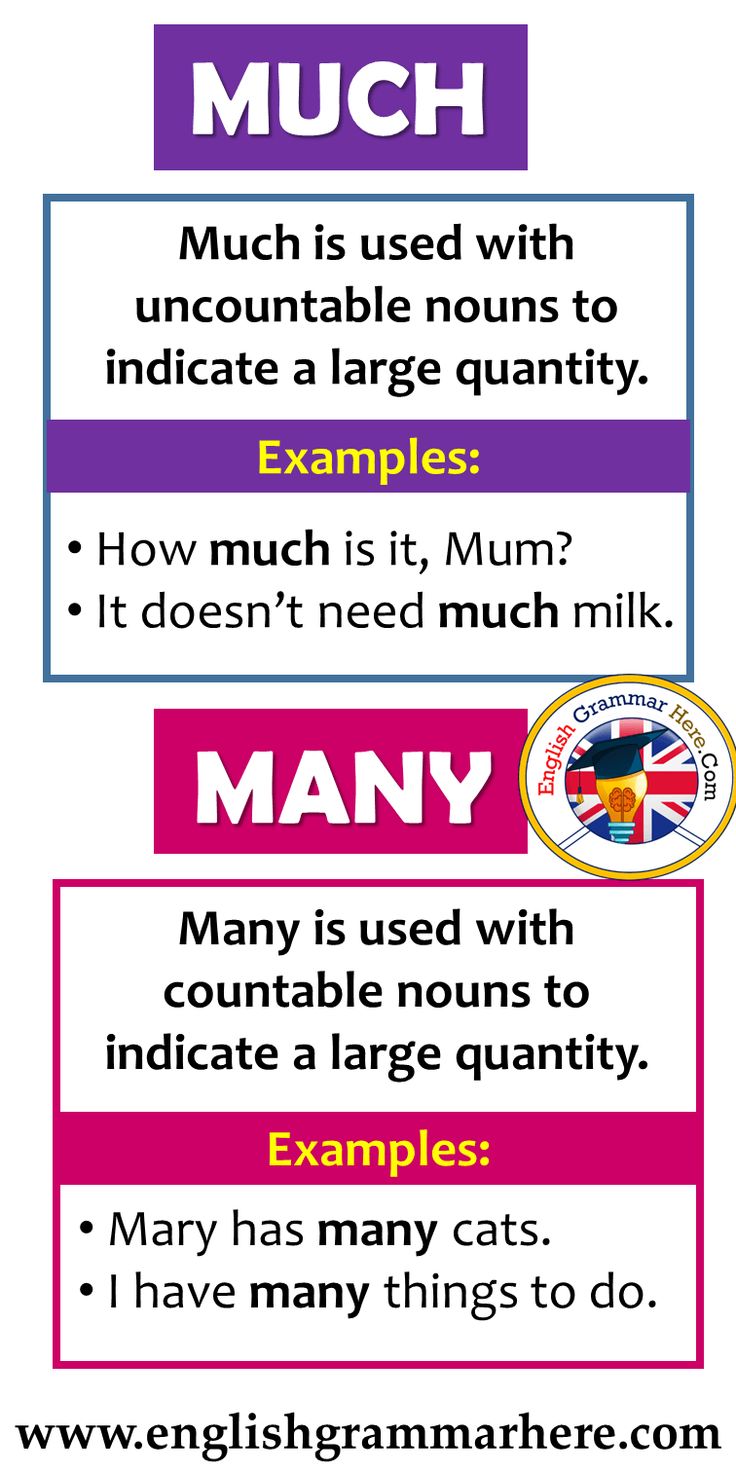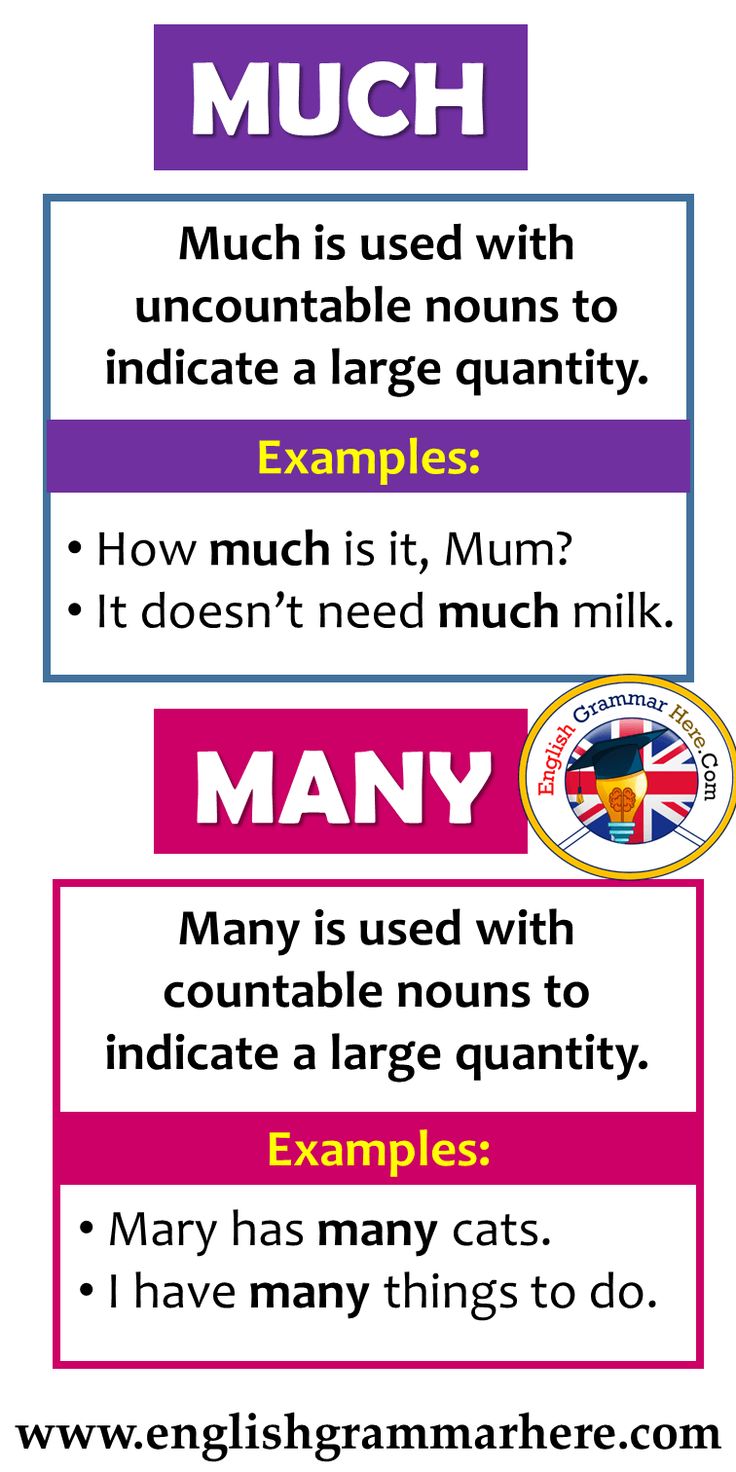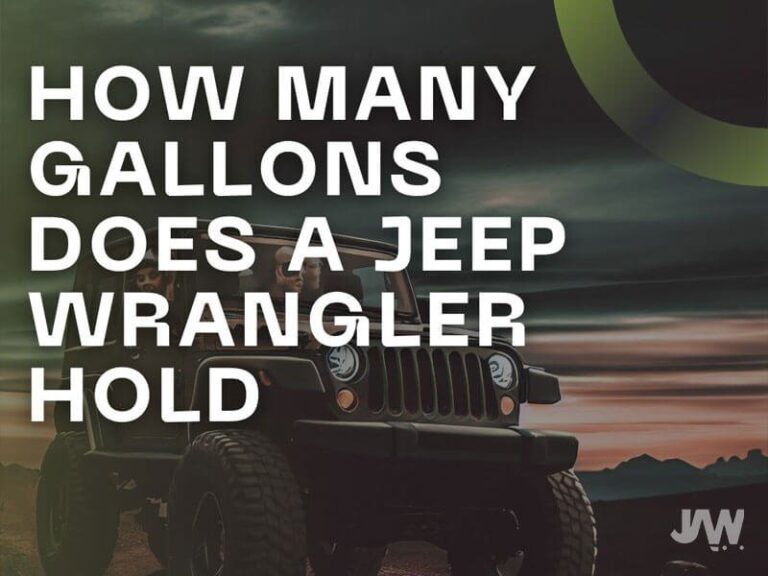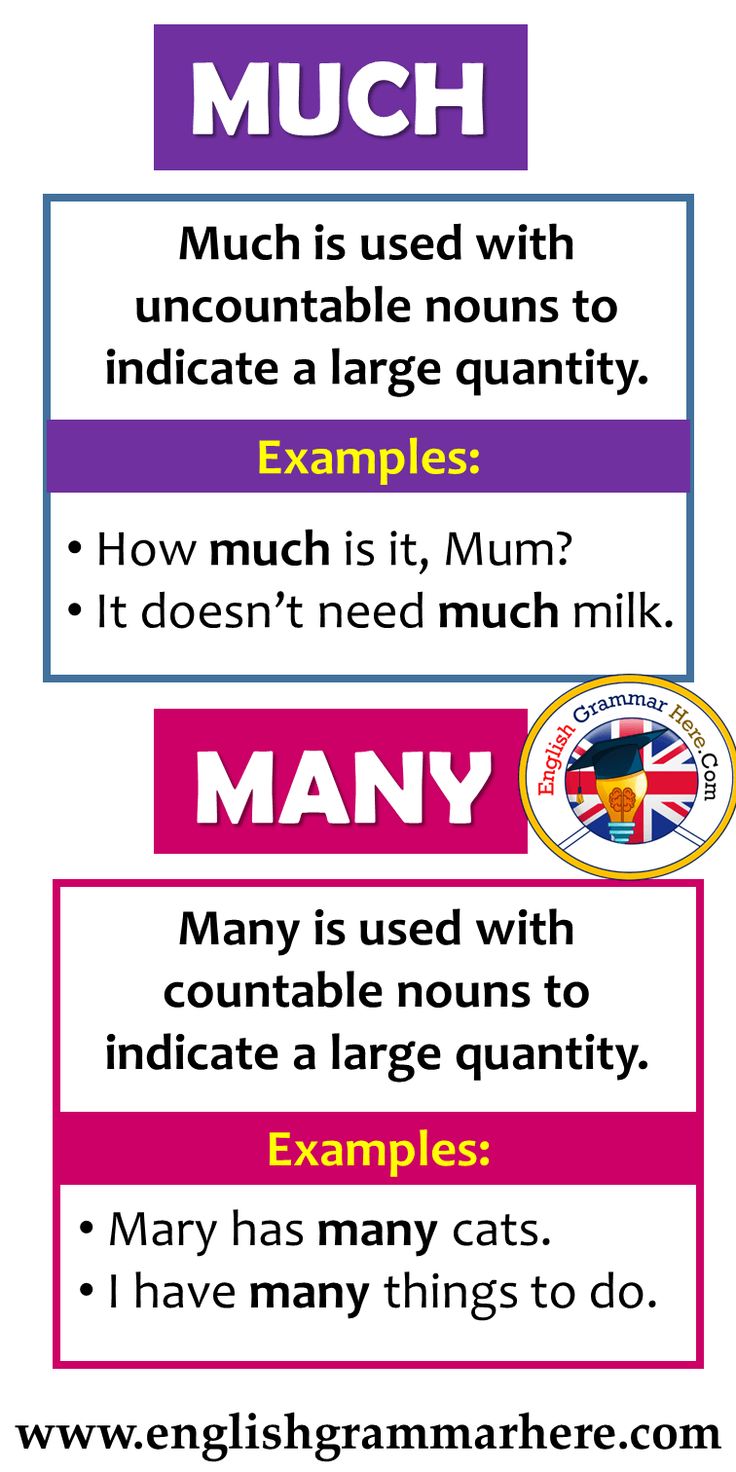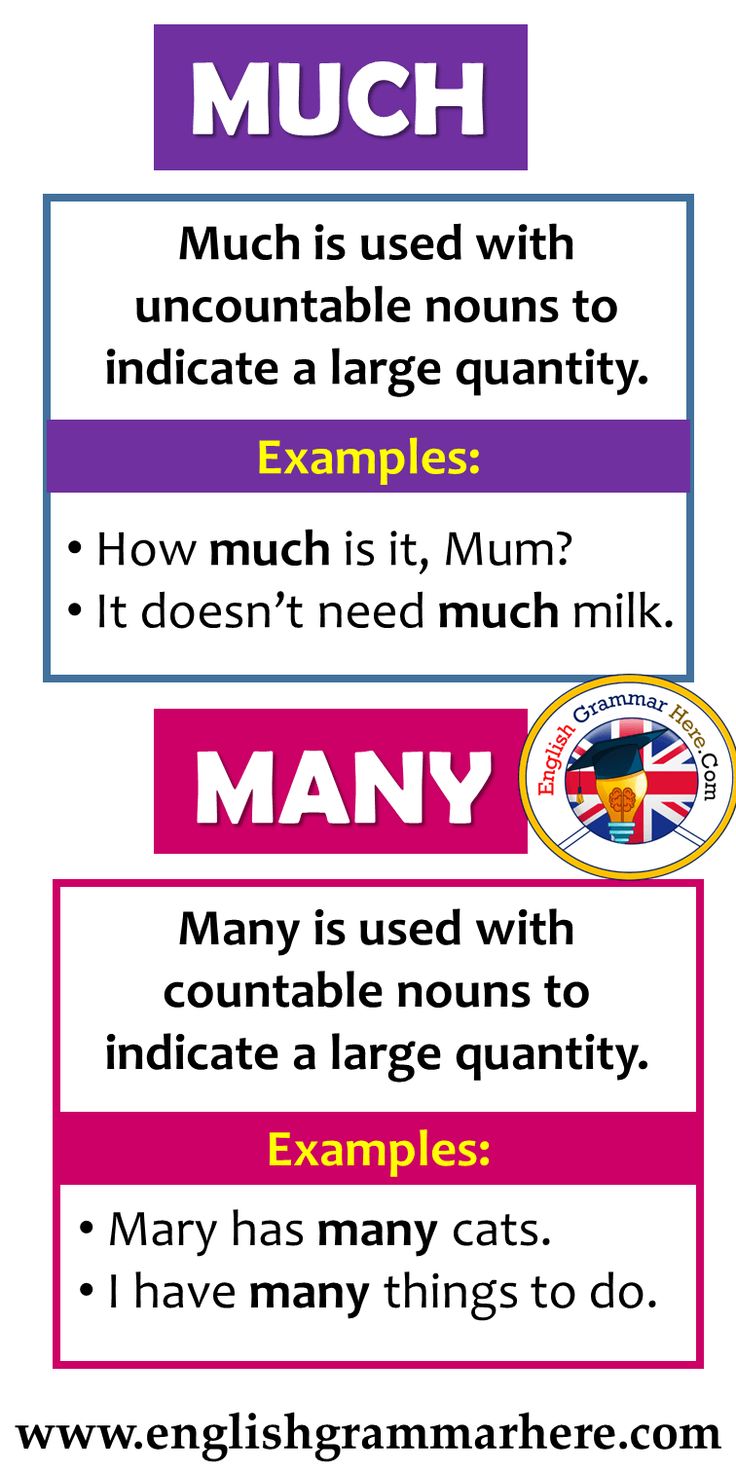How Much Horsepower Does Jeep Wrangler Have? Unpacking the Power Under the Hood
How Much Horsepower Does Jeep Wrangler Have? Unpacking the Power Under the Hood jeeps.truckstrend.com
The Jeep Wrangler is more than just a vehicle; it’s an icon of adventure, freedom, and unparalleled off-road capability. When considering a Wrangler, one of the most frequently asked questions revolves around its power: "How much horsepower does a Jeep Wrangler have?" This question, while seemingly simple, opens up a fascinating discussion about the diverse engine options, their performance characteristics, and how horsepower, alongside torque, contributes to the Wrangler’s legendary prowess on and off the pavement.
Understanding a Wrangler’s horsepower is crucial because it directly influences its acceleration, highway merging ability, and, to a certain extent, its capacity to tackle challenging terrain. However, for a vehicle like the Wrangler, raw horsepower is only part of the story. Torque – the twisting force that gets you moving – often plays an even more critical role in low-speed off-roading and crawling over obstacles. This comprehensive guide will delve into the various engine offerings, their power figures, and help you understand what makes each Wrangler engine tick, ensuring you choose the perfect powertrain for your adventurous lifestyle.
How Much Horsepower Does Jeep Wrangler Have? Unpacking the Power Under the Hood
Understanding Horsepower and Torque in the Wrangler Context
Before diving into specific numbers, let’s clarify what horsepower and torque mean for a Jeep Wrangler.
- Horsepower (HP): This is a measure of an engine’s maximum power output. It dictates how fast a vehicle can go and how quickly it can accelerate. For a Wrangler, higher horsepower means quicker highway passing and more spirited on-road performance.
- Torque (lb-ft): This is a measure of rotational force. In practical terms, torque is what gets your vehicle moving from a standstill and provides the grunt needed to climb steep hills, pull heavy loads, or crawl over rocks at low speeds. For off-roading, low-end torque (available at lower RPMs) is often more valuable than peak horsepower.
The Jeep Wrangler’s engineering focuses on balancing these two forces to deliver both robust on-road manners and exceptional off-road capability. Different engine options prioritize different aspects, catering to a wide range of driver needs and preferences.
The Evolution of Wrangler Engines: A Journey of Power

The Jeep Wrangler has evolved significantly over its decades-long history, and its engine lineup has followed suit. From the venerable inline-six engines of the YJ and TJ generations, known for their legendary reliability and low-end torque, to the modern V6 and turbocharged offerings of the JK and JL generations, Jeep has consistently refined its powertrains.
The current JL generation, introduced in 2018, brought with it a significant refresh in engine options, introducing more fuel-efficient and technologically advanced choices alongside the tried-and-true workhorses. This diversity allows buyers to tailor their Wrangler’s performance precisely to their intended use, whether it’s daily commuting, serious rock crawling, or high-speed desert running.
Current Engine Options and Their Horsepower Ratings (JL Generation)
The modern Jeep Wrangler (JL) offers a compelling array of engine choices, each with distinct horsepower and torque figures, designed to meet varying demands.
-
3.6L Pentastar V6 Engine:
- Horsepower: 285 HP
- Torque: 260 lb-ft
- Characteristics: This naturally aspirated V6 has been the backbone of the Wrangler lineup for years. It’s renowned for its reliability, smooth power delivery, and a good balance of horsepower for highway driving and sufficient torque for most off-road scenarios. It’s available with both a 6-speed manual and an 8-speed automatic transmission. This is often the default choice, offering a great blend of performance and proven durability.

-
2.0L Turbocharged I4 Engine:
- Horsepower: 270 HP
- Torque: 295 lb-ft
- Characteristics: Introduced for better fuel efficiency and low-end torque, this turbocharged inline-four engine is paired exclusively with the 8-speed automatic transmission. While slightly lower on peak horsepower than the V6, its significantly higher torque (available at lower RPMs) provides a more immediate and punchy feel, making it feel surprisingly agile, especially in city driving and light off-roading. Its lighter weight also contributes to improved handling.
-
2.0L Turbocharged I4 with PHEV (4xe Plug-in Hybrid):
- Total System Horsepower: 375 HP
- Total System Torque: 470 lb-ft
- Characteristics: The revolutionary Wrangler 4xe combines the 2.0L turbo engine with two electric motors and a 400-volt battery pack. This setup delivers the most torque of any Wrangler engine (excluding the 392), providing instant electric thrust for incredible off-road crawling and impressive acceleration. It also offers significant fuel economy benefits and an all-electric driving range (typically 21-25 miles), making it ideal for eco-conscious adventurers or those with short commutes.
-
6.4L HEMI V8 Engine (Rubicon 392):
- Horsepower: 470 HP
- Torque: 470 lb-ft
- Characteristics: For those who demand unadulterated power and performance, the Wrangler Rubicon 392 answers the call. This monstrous V8 engine transforms the Wrangler into a high-performance off-road beast. Paired with a heavy-duty 8-speed automatic transmission, it offers exhilarating acceleration, a thrilling exhaust note, and incredible capability for high-speed desert running or conquering any obstacle with sheer force. It’s the most powerful factory Wrangler ever produced.
-
3.0L EcoDiesel V6 (Discontinued for New Orders as of late 2023):
- Horsepower: 260 HP
- Torque: 442 lb-ft
- Characteristics: While no longer available for new orders, the EcoDiesel was a popular choice for its immense low-end torque and impressive fuel efficiency, especially for long-distance cruising or towing. Its high torque made it an excellent option for serious rock crawling and heavy hauling. If you find one used, it remains a highly capable powertrain.

Factors Influencing Perceived Performance Beyond Raw HP
While horsepower numbers are a good starting point, several other factors contribute to how powerful a Wrangler feels and performs:
- Torque Delivery: As discussed, high torque at low RPMs is crucial for off-roading. Engines like the 2.0L Turbo, 4xe, and the former EcoDiesel excel here, providing instant grunt without needing to rev high.
- Gearing: The axle ratios in the differentials significantly impact how effectively an engine’s power and torque are delivered to the wheels. Lower gearing (higher numerical ratio, e.g., 4.10 instead of 3.45) multiplies torque, making the vehicle feel more powerful off-road, especially with larger tires.
- Transmission: The 8-speed automatic transmission found in most modern Wranglers is highly efficient at keeping the engine in its optimal power band. The 6-speed manual, while offering more driver engagement, requires skillful shifting to maintain momentum.
- Vehicle Weight: Different Wrangler trims and configurations have varying weights. A heavier Rubicon 392 or 4xe, despite their higher power, might not feel as nimble as a lighter 2-door Sport with the V6.
- Tire Size: Upgrading to larger, heavier off-road tires significantly impacts perceived power. Larger tires increase rotational mass and rolling resistance, effectively "gearing up" the vehicle and making it feel slower unless compensating with re-gearing or more power.
Choosing the Right Horsepower for Your Needs
Selecting the ideal Wrangler engine depends entirely on your primary use case:
- For the Daily Driver & Occasional Adventurer: The 3.6L Pentastar V6 offers a balanced and reliable performance for everyday commuting and weekend trail adventures. The 2.0L Turbo I4 provides a snappier feel with better fuel economy, making it an excellent choice for city dwellers who still crave off-road capability.
- For the Eco-Conscious or Tech-Savvy Off-Roader: The 4xe Plug-in Hybrid is unmatched. Its combination of electric range, instant torque, and significant combined power makes it highly capable on trails and surprisingly efficient in urban environments.
- For the Serious Rock Crawler or Towing Enthusiast (Used Market): The 3.0L EcoDiesel V6 (if found used) was a torque monster, ideal for slow-speed, technical off-roading and for those needing to tow heavy loads over long distances.
- For the Performance Enthusiast & Ultimate Off-Road Warrior: The 6.4L HEMI V8 (Rubicon 392) is the definitive choice. If you want raw power, blistering acceleration, and the ability to dominate any terrain with authority, this is your engine.
Modifications and Horsepower: A Word of Caution
It’s possible to increase a Wrangler’s horsepower through aftermarket modifications like cold air intakes, exhaust systems, engine tuners, or even superchargers/turbo kits. While these can boost power, they often come with trade-offs:
- Warranty Issues: Most significant engine modifications can void your factory warranty.
- Reliability: Aftermarket parts, especially those that alter engine parameters, can reduce the long-term reliability of your engine if not properly installed and tuned.
- Cost: Performance upgrades can be expensive, and the power gains might not always justify the cost or potential risks for a vehicle primarily designed for off-roading.
For most Wrangler owners, optimizing for torque, gearing, and tire choice often yields more practical off-road benefits than simply chasing peak horsepower.
Jeep Wrangler Horsepower and Engine Specifications Table
Here’s a comprehensive look at the current engine options for the Jeep Wrangler JL, including their horsepower, torque, and approximate starting MSRP for a representative trim (as of early 2024, prices are subject to change).
| Engine Type | Horsepower (HP) | Torque (lb-ft) | Key Characteristics | Representative Trim & Starting MSRP (Approx.) |
|---|---|---|---|---|
| 3.6L Pentastar V6 | 285 | 260 | Balanced, reliable, smooth power, manual option | Sport S 2-Door: $38,295 |
| 2.0L Turbocharged I4 | 270 | 295 | Responsive, fuel-efficient, high low-end torque | Sport S 2-Door: $39,795 |
| 2.0L Turbo I4 (4xe PHEV) | 375 (Total System) | 470 (Total System) | Instant torque, electric range, powerful, fuel-efficient | Willys 4xe 4-Door: $57,795 |
| 6.4L HEMI V8 (Rubicon 392) | 470 | 470 | Maximum power, exhilarating acceleration, high-performance | Rubicon 392 4-Door: $93,495 |
Note: The 3.0L EcoDiesel V6 is no longer available for new orders. Prices listed are starting MSRPs and can vary significantly based on trim level, options, and location.
Frequently Asked Questions (FAQ)
Q1: Is more horsepower always better for a Jeep Wrangler?
A1: Not necessarily. While higher horsepower is great for on-road acceleration, for serious off-roading and rock crawling, low-end torque is often more critical. The ability to apply significant twisting force at very low RPMs helps the Wrangler slowly and precisely overcome obstacles.
Q2: Does the 4xe have more horsepower than the V6?
A2: Yes. The Wrangler 4xe’s combined hybrid powertrain delivers a total system output of 375 horsepower, which is significantly more than the 3.6L Pentastar V6’s 285 horsepower. It also produces considerably more torque.
Q3: Can I increase my Wrangler’s horsepower significantly?
A3: Yes, through aftermarket modifications like superchargers or engine tunes. However, these often come with risks to engine reliability and can void your factory warranty. For most off-road applications, optimizing gearing and tire size for existing power is more beneficial.
Q4: What’s the most powerful Jeep Wrangler model?
A4: The Jeep Wrangler Rubicon 392, with its 6.4L HEMI V8 engine, is the most powerful factory-produced Wrangler, boasting 470 horsepower and 470 lb-ft of torque.
Q5: How does horsepower affect fuel economy in a Wrangler?
A5: Generally, engines with higher horsepower (like the V8) tend to consume more fuel. However, modern engines like the 2.0L Turbo I4 and especially the 4xe Plug-in Hybrid demonstrate that you can have significant power while also achieving respectable or even excellent fuel efficiency, thanks to turbocharging and electrification.
Conclusion: Power Tailored for Every Adventure
The question of "How much horsepower does a Jeep Wrangler have?" reveals a fascinating landscape of engineering choices designed to cater to every kind of adventurer. From the balanced and reliable Pentastar V6 to the torquey and efficient 2.0L Turbo, the groundbreaking 4xe hybrid, and the beastly Rubicon 392, Jeep offers a powertrain for every purpose.
Ultimately, the best engine for you isn’t just about the highest horsepower number; it’s about understanding the interplay between horsepower, torque, and your specific driving needs. Whether you prioritize daily drivability, extreme off-road capability, fuel efficiency, or raw performance, there’s a Jeep Wrangler engine perfectly suited to power your next adventure. Choose wisely, and embrace the legendary capability that only a Wrangler can offer.


